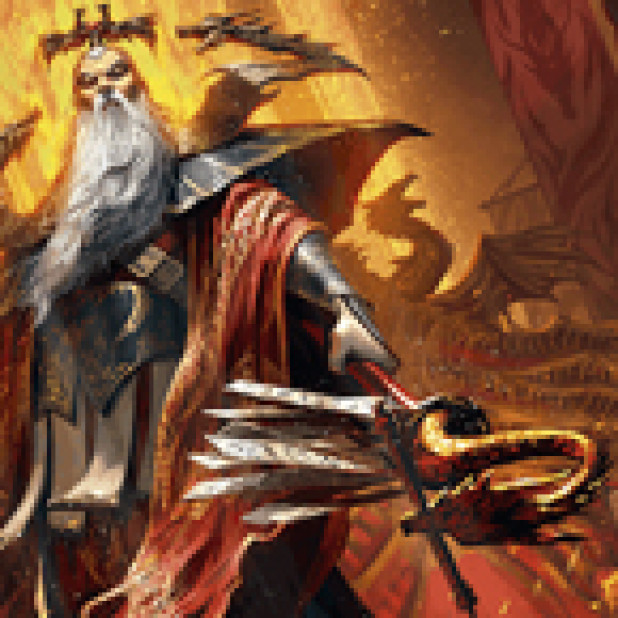US Nationals was this weekend, and following that event was the Calling. If you’ve been keeping up to date with the articles and reports, you might have noticed that Prism - a hero widely considered to be unplayable by the vast majority of the player base - was capable of reaching Day 2 in both events. And while I was unfortunately not qualified for Nationals (due to a narrow miss with Insider Trading Rhinar), I did at least have the honor of being 1 of those 3 pilots - and to my knowledge, the first to do so on a purely aura-focused build.
But before we get into the list and the theorized reasoning for its success, I suggest you give Alex Truell’s recent Prism article a read first, as it will breakdown the available card pool and serve as a sufficient primer for how people previously looked at Prism.
As we look at this list, it helps to know where it developed from. A few months ago, I published a piece on Iris Dromai, concluding by noting that any other Illusionist could pick up this shell and do more with it. Without that background, this list likely appears insane - far from a list that could place 48th at the Calling. And if you're approaching from the angle of Prisms past, you likely will question the lack of staple cards like Soul Shield, Passing Mirage, Ode to Wrath, Merciful Retribution, and go-to attack actions.
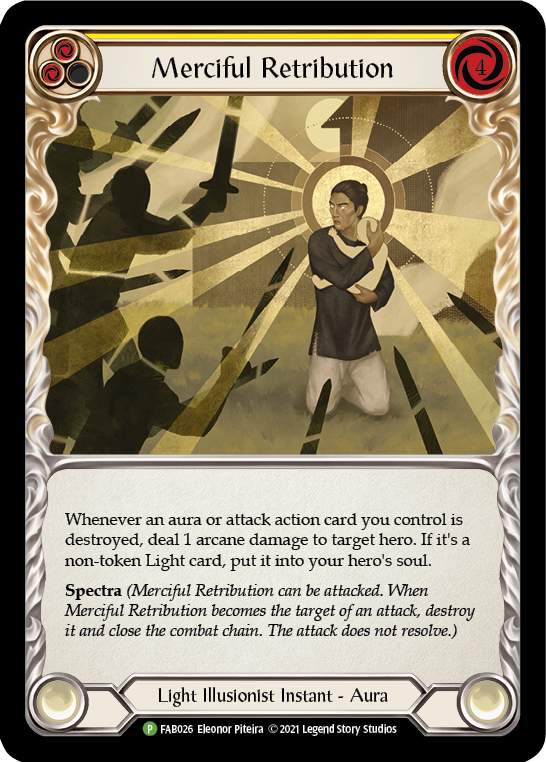
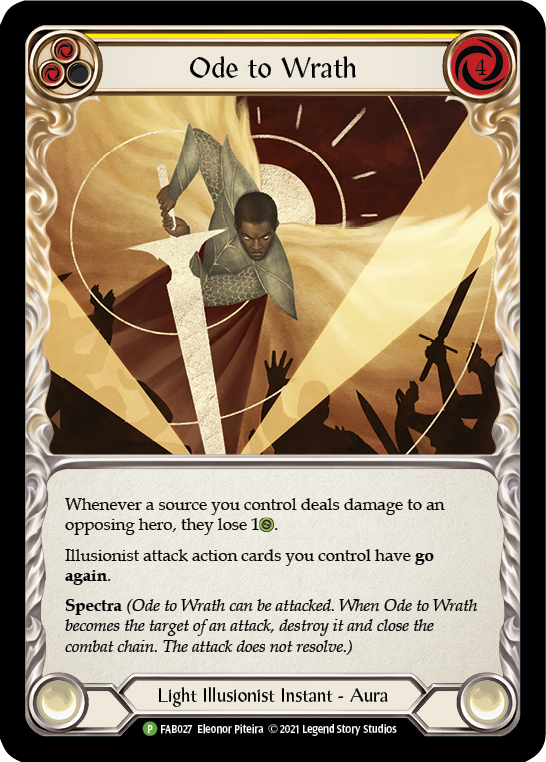
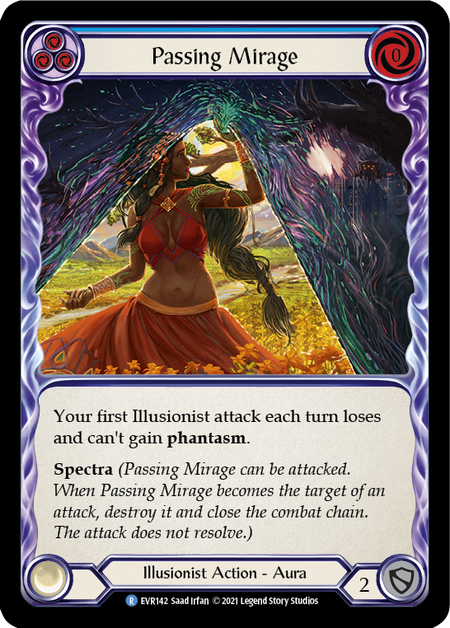
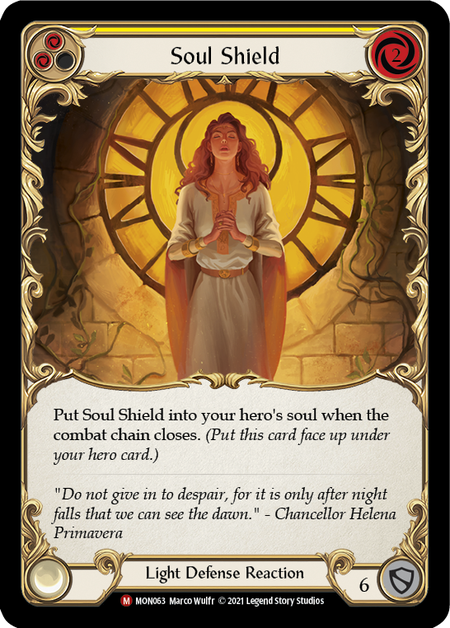
Cards we are not using.
Let's get to the decklist, and I'll go over the core concepts, why it succeeds, and why the previously established rules of thumb just don't apply to this new incarnation.
The Decklist
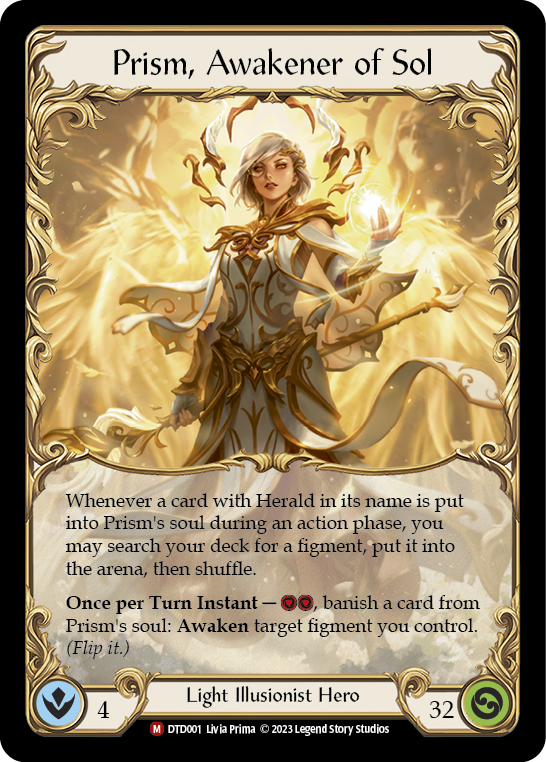
Weapons
- Iris of Reality (1)
Equipment
- Silent Stilettos (1)
- Wave of Reality (1)
- Nullrune Gloves (1)
- Fyendal's Spring Tunic (1)
- Halo of Illumination (1)
- Phantasmal Footsteps (1)
Loadout
- Arc Light Sentinel (Yellow) (3)
- Amnesia (Red) (3)
- Brothers in Arms (Blue) (3)
- Erase Face (Red) (3)
- Imperial Warhorn (Red) (1)
- Figment of Triumph (Yellow) (1)
- Genesis (Yellow) (3)
- Remembrance (Yellow) (3)
- Herald of Erudition (Yellow) (3)
- Fate Foreseen (Red) (3)
- Herald of Triumph (Blue) (3)
- Figment of Ravages (Yellow) (1)
- Parable of Humility (Yellow) (3)
- Figment of Erudition (Yellow) (1)
- Pierce Reality (Blue) (3)
- Sink Below (Red) (3)
- Herald of Rebirth (Blue) (3)
- That All You Got? (Yellow) (3)
- Heart of Fyendal (Blue) (1)
- Shimmers of Silver (Blue) (3)
- Miraging Metamorph (Red) (3)
- Snatch (Red) (3)
- Haze Bending (Blue) (3)
- Herald of Protection (Blue) (3)
- Warmonger's Diplomacy (Blue) (3)
- United We Stand (Yellow) (3)
- Wartune Herald (Blue) (3)
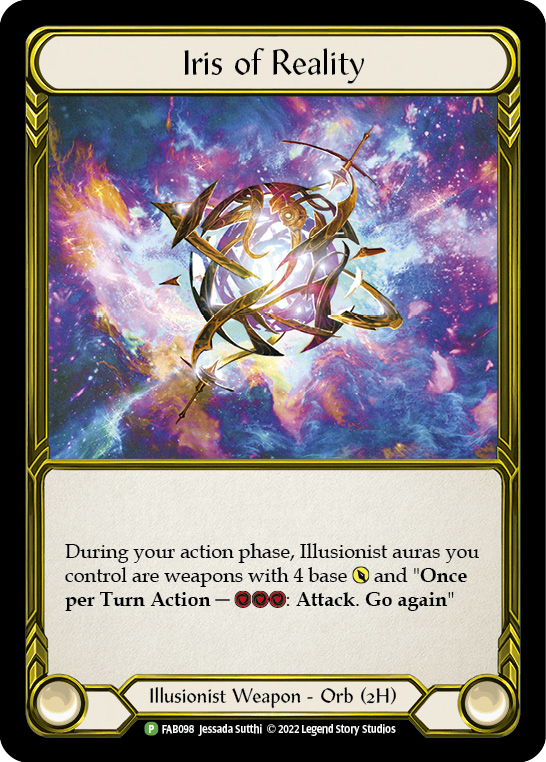
This list looks to take advantage of the late-game power that Iris of Reality can provide off 3- to 4-card hands once a board state has been established. But while any player can see the strength of 4-card hands that push 16-damage turns that maintain your deck size, it’s not always so simple or straightforward to build that endgame board state win. Unlike Iris Dromai, who has inevitability via Burn Them All, Prism's board state is vulnerable to her opponents due to the spectra found on all her auras.
Prism also begins the game at a health deficit, leaving her susceptible to heavy aggression. Her go-to defensive card, Soul Shield, is lacking when compared to Sand Cover. In many regards, Dromai does look like the superior choice for this strategy; even if she's adding nothing to the gameplan, at least she's not a liability.
So Why Are We Playing Prism?
Light Illusionist auras
Instant speed Figment plays (rare, but potent)
and perhaps the greatest card printed in Dusk Till Dawn: United We Stand.
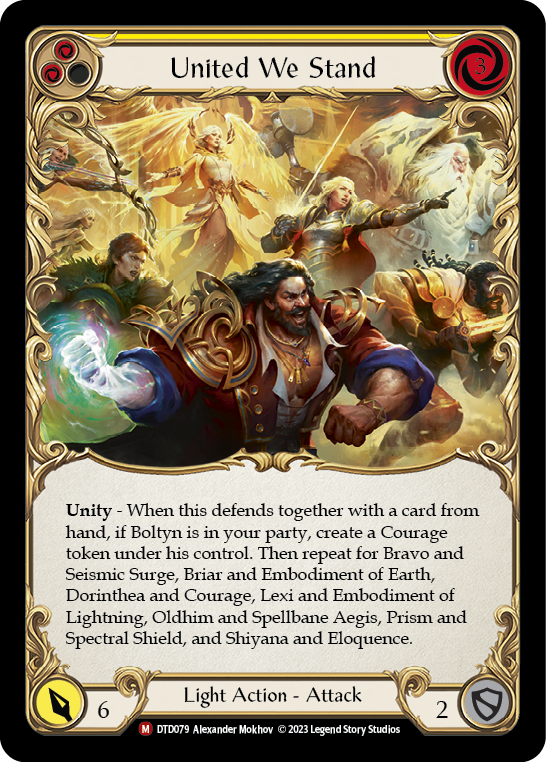
Disclaimer: Prism is a difficult hero that requires tons of patience, skill, and testing to play just right. Don't expect to simply pick up this list and begin winning games. But if you're motivated to excel with Prism, or have been committed to the class for a while already, this list is capable and competitive.
This article will focus on the way the deck matches up into Lexi, both because she is a juggernaut of the format and because the strategies that work into her will work into many other popular decks as well.
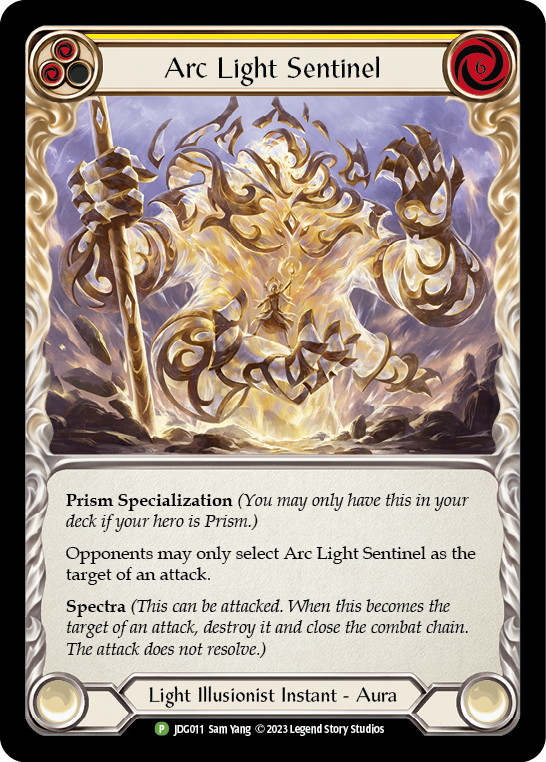
If you’ve played Prism, Sculptor of Arc Light, you know how much of a blowout Arc Light Sentinel can be as it stands menacingly in the opponent's path to victory. But if you haven’t, Prism is capable of devaluing big turns (like Rain Razors into Three of a Kind) by trading one card for three or more of an opponent's. Even in mediocre situations, you can still intrude on a key buff or deny a wide turn at the outset. Thanks to this, our Lexi matches tend to go longer than normal, and we can find ample time to set up resource wins as they fail to find lethal or run out of attacks.
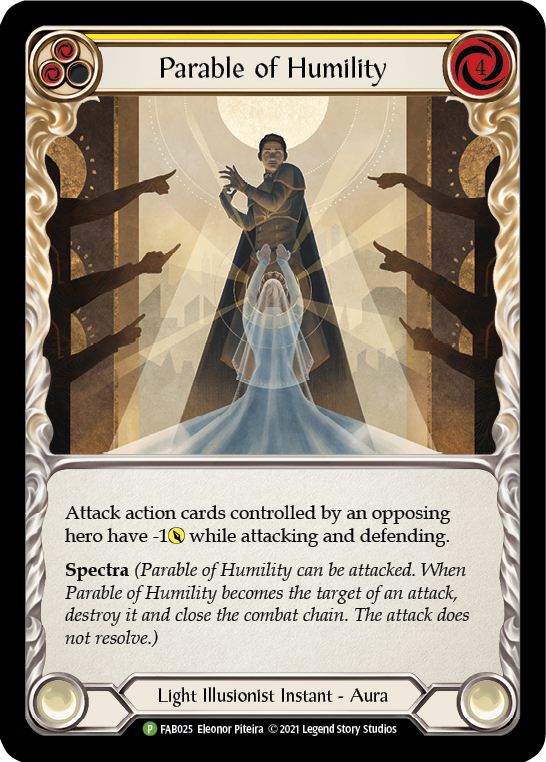
Parable of Humility is a valuable card for its ability to reduce incoming damage and make attacks easier to block. It truly shines into Lexi due to its unique interaction with Bolt’n’ Shot. Often you will see Bolt’n’ Shot (red) fired with only a +1 attack from Voltaire - which Parable of Humility can cleanly trim off.
But before you get excited about this, recognize that there's an out available to Lexi: if you've played at instant speed during the reaction step, Snapdragon Scalers can still save the turn for them. To get around that, wait until you've moved to the resolution step, after the damage has been dealt. Because Bolt’n’ Shot checks at all times to see if its attack is greater than its baseline value, and since it’s unlikely that your opponent will have an instant at this point, Bolt’n’ Shot will fail to have go again within the Link Step as it does not recognize the condition of its attack value being greater than its base anymore. Thus, Prism is uniquely capable of effectively turning off Lexi’s entire turn from the moment they use Bolt'n' Shot.
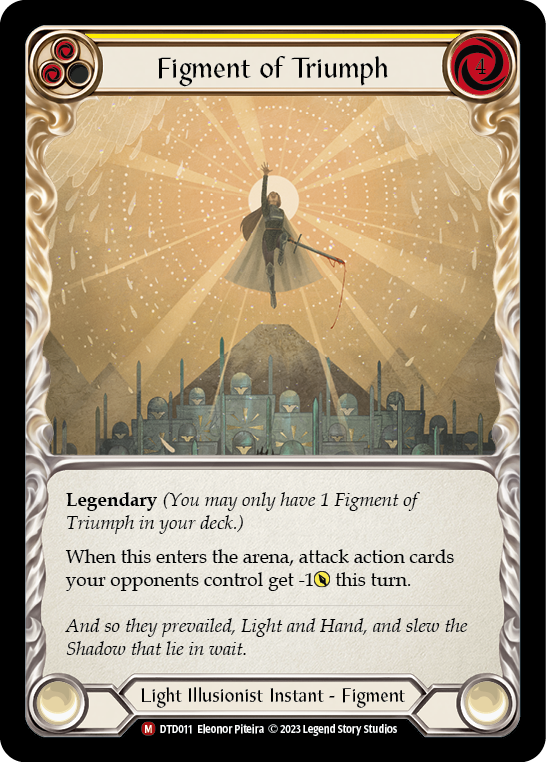
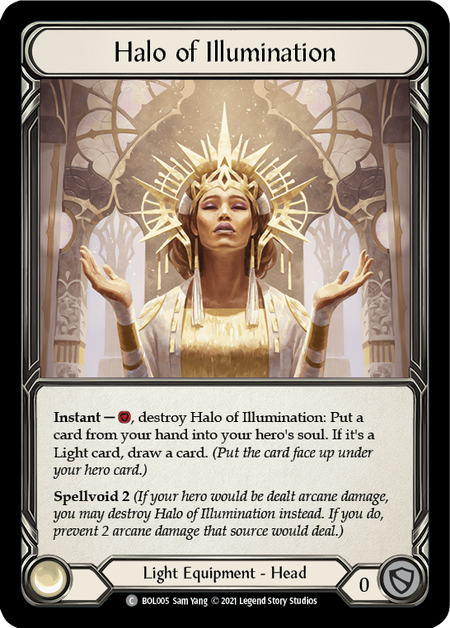
This can also be done with Figment of Triumph, thanks to Halo of Illumination. This unique method of sliding a Herald into soul on the defensive gives you the opportunity to hit their attacks with that -1 at the worst possible opportunity, before flipping that Figment into a Ward 4. (This trick is also incredibly potent into Boltyn, who often relies on a single +1 to keep his turn going. I cannot begin to describe the level of joy you feel when your opponent begins to understand - and despair - that this 9-of anchor arrow is now suitable only for pitching, blocking, and spectra popping.
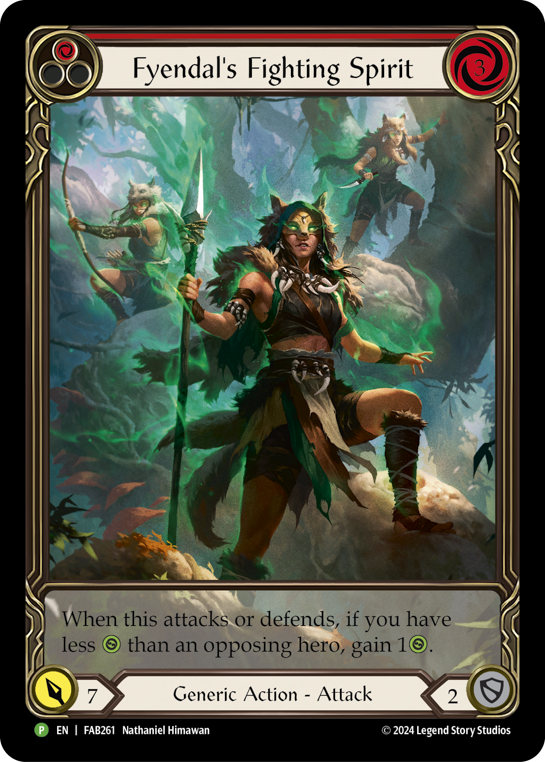
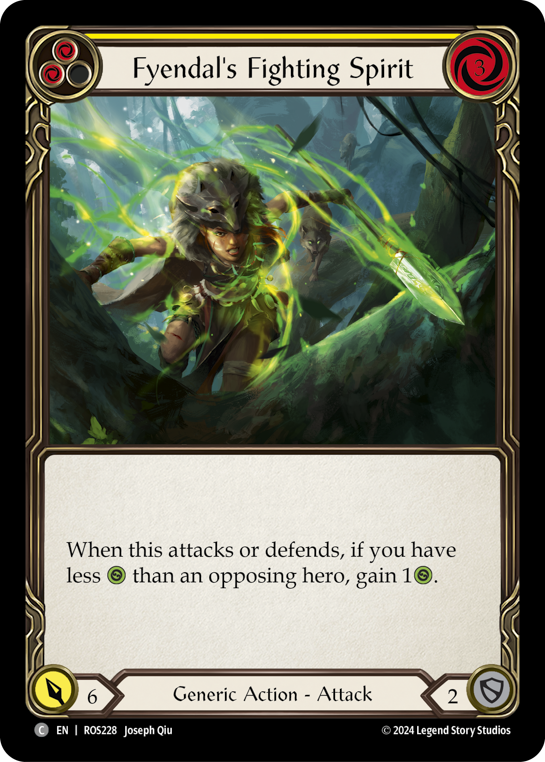
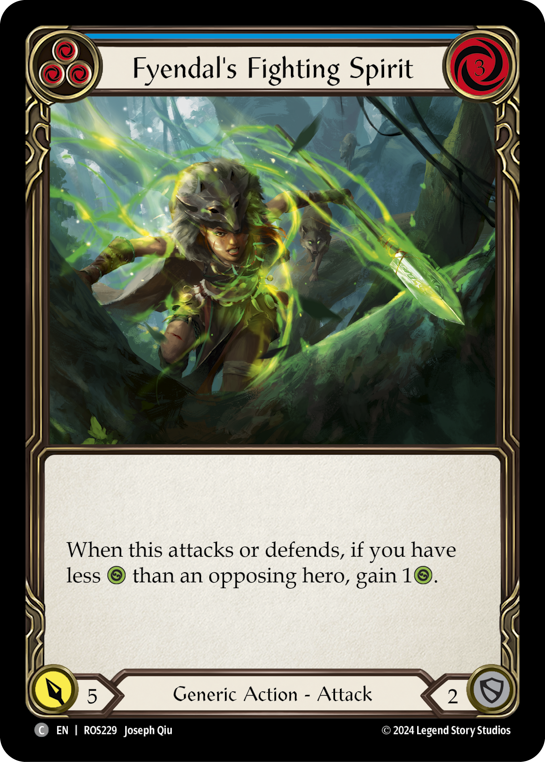

Finally, United We Stand is a great way to develop block value through its ability to generate a spectral shield - which then serves as either an aura weapon or a method of damage prevention. This makes United We Stand an improvement over Fyendal’s Fighting Spirit, which required us to be at lower health to get value from it. While that might not seem significant, it is incredibly relevant when played into players and matchups that respect your aura capabilities. Figment of Rebirth can and should be used to recycle United We Stand back into the deck; personally, I was able to recur United We Stand 4 times during a Dromai matchup (thanks to an Angel of Rebirth), and had I desired it I could’ve overblocked to produce a spectral shield each time I did so. That's a lot of value over the course of a game.

Exclusions
While the Prism of the past would run every aura under the sun and fill her soul consistently through aggressive plays, the current incarnation of Prism, Awakener of Sol will struggle to use her soul-related abilities and finds the full suite of auras to be too much of a defensive liability. Because of this, it is my personal belief that Soul Shield is objectively worse than before, and a poor choice for the deck without further innovations. As Iris of Reality requires high pitch value to maintain a solid output of damage and control, Soul Shield's 2-cost is simply too expensive. In simple terms, playing Soul Shield costs more when you're forced to decide between over-pitching a blue (giving up an aura attack next turn) and tossing away a yellow aura (delaying your board setup).
Arguably, this logic could also be applied to my reasoning for excluding red heralds, as they would incentivize me to attack with them; but in truth, my lack of aggressive red line heralds is due more to the fact that we can't afford to run cards like Ode to Wrath or Merciful Retribution that truly maximize their potential. While that’s perhaps not a great reason to not include red heralds, at least you might be able to understand why I dislike their associated combo auras.


I see both of these yellow auras as pieces of a long-term gameplan that requires our opponent to be either woefully ignorant of their static effects or to hopefully not care about our aura effects. And while that might work into the inexperienced, the health loss you’d often have to take to fully utilize either play will be easily punished into better players who recognize the importance of killing Ode to Wrath on the next turn; or they will simply race you down for playing an ineffective aura like Merciful Retribution, which only really combos well if you can afford to take damage to setup multiple auras every turn.
Lighting the Way
My Calling record was 8-5 by the end of my run. I logged wins against Bravo (2-0), Lexi (4-1), Katsu (1-0), and Dromai (1-1), but fell to Fai (0-1), Kano (0-1), and Dash (0-1). Of those losses, Fai was a close game and Dash required I see my tech card Warhorn, which was the very last card in my deck. My losses to Lexi and Dromai could have just as easily been wins under different circumstances, as my record shows.
All that is to show that the list has game into a slew of decks that are currently popular.
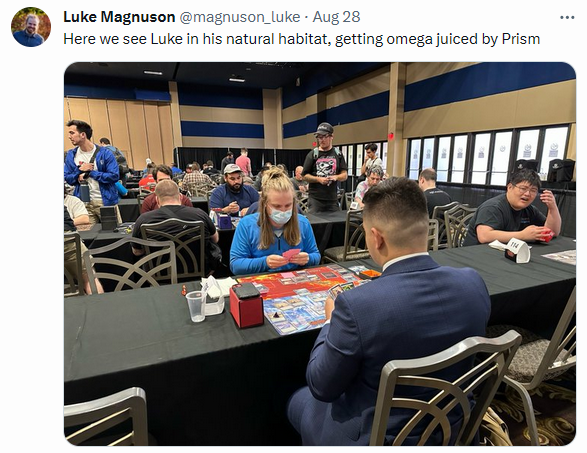
That's me in the suit.
Prism, as she currents exists, is no easy hero to play. She struggles to overcome even the slightest misplay, as her health dwindles rapidly. But on the upside, she clears out games against Bravo, Lexi, Dromai, Isylander, and even Katsu without much trouble, if you put in the time to understand how to pace your playstyle.


